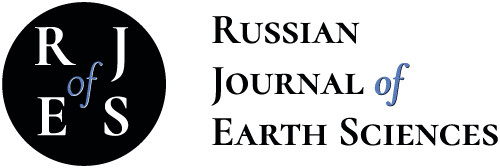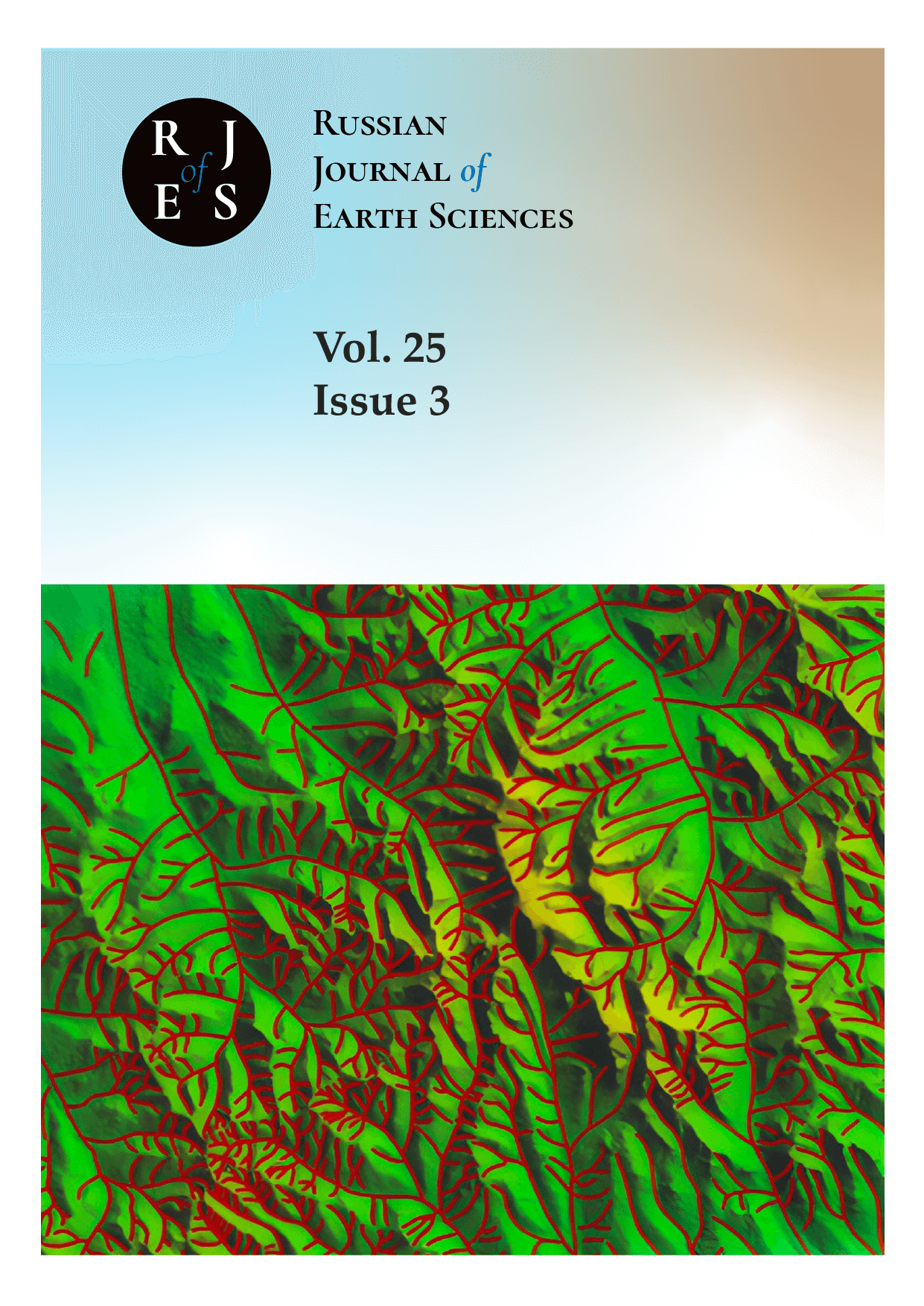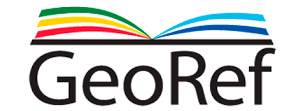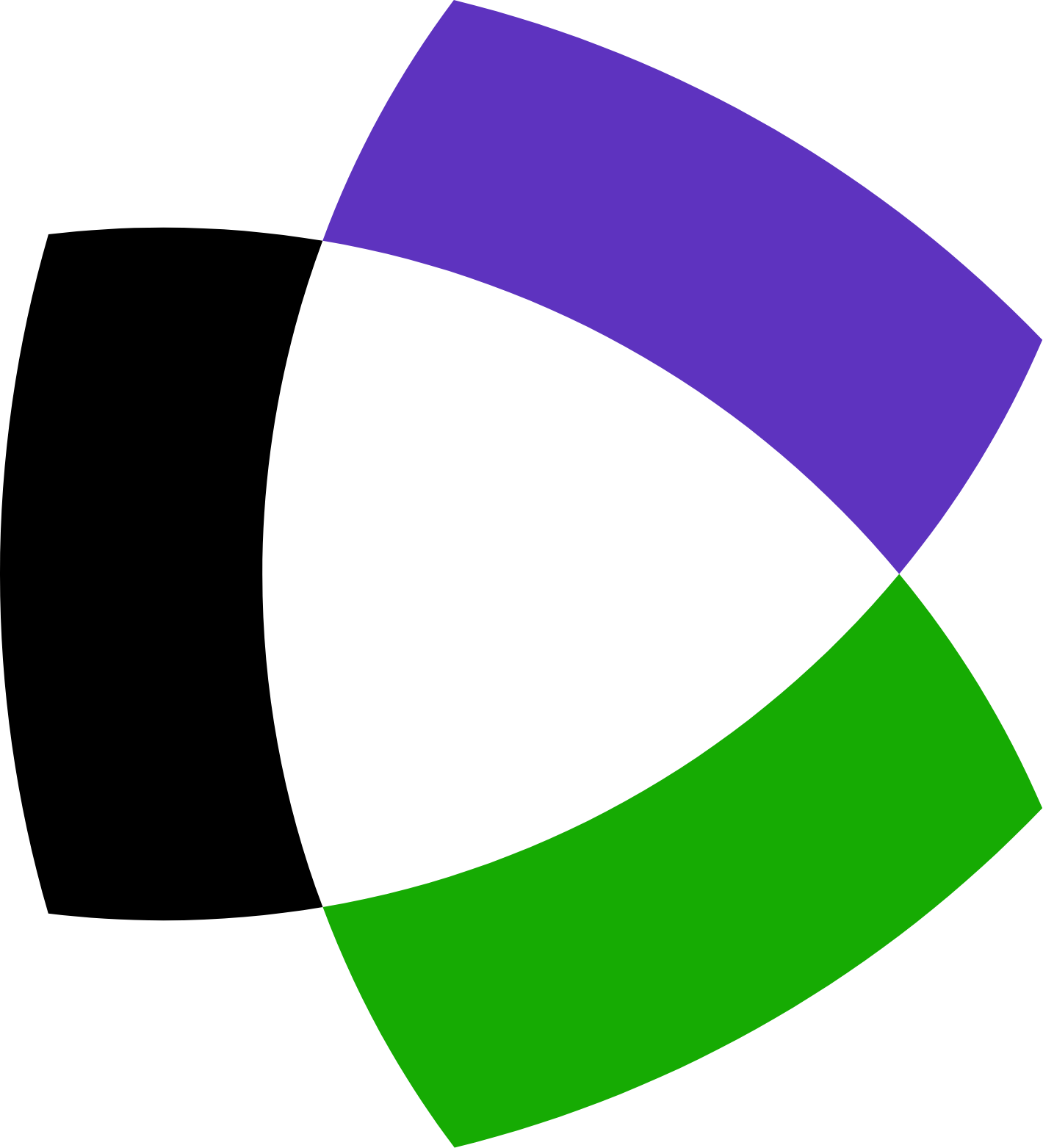Полярный геофизический институт (главный научный сотрудник)
с 01.01.2021 по настоящее время
Апатиты, Мурманская область, Россия
ВАК 1.3.1 Физика космоса, астрономия
ВАК 1.6 Науки о Земле и окружающей среде
УДК 53.05 Наблюдение и регистрация явлений. Наглядная демонстрация явлений
УДК 533.93 Статистическое описание состояния плазмы
УДК 533.9.08 Основные принципы и теория измерений. Методы диагностики плазмы
УДК 55 Геология. Геологические и геофизические науки
УДК 550.34 Сейсмология
УДК 550.383 Главное магнитное поле Земли
ГРНТИ 37.15 Геомагнетизм и высокие слои атмосферы
ГРНТИ 37.01 Общие вопросы геофизики
ГРНТИ 37.25 Океанология
ГРНТИ 37.31 Физика Земли
ГРНТИ 38.01 Общие вопросы геологии
ГРНТИ 36.00 ГЕОДЕЗИЯ. КАРТОГРАФИЯ
ГРНТИ 37.00 ГЕОФИЗИКА
ГРНТИ 38.00 ГЕОЛОГИЯ
ГРНТИ 39.00 ГЕОГРАФИЯ
ГРНТИ 52.00 ГОРНОЕ ДЕЛО
ОКСО 05.06.01 Науки о Земле
ББК 26 Науки о Земле
ТБК 63 Науки о Земле. Экология
BISAC SCI SCIENCE
Пространственная структура полярных сияний описывается фрактальной размерностью флуктуаций свечения и ее анизотропией в зависимости от направления. Фрактальная размерность оценивается из наклона в логарифмических осях спектра в диапазоне 1,5–50 км, полученного дискретным вейвлет-преобразованием флуктуаций интенсивности свечения с использованием вейвлетов Добеши 5 порядка. Вариабельность структур характеризуется наклоном спектра вариации анизотропии во времени. Приведена статистика этих характеристик по данным наземной камеры всего неба (All-Sky camera) Полярного геофизического института в г. Апатиты за 2013–2020 годы и сделана привязка по положению внутри аврорального овала и значениям геомагнитного поля в обсерватории «Ловозеро». Обсуждается алгоритм моделирования структуры полярных сияний по данным характеристикам.
аврора, суббуря, высыпания частиц, высокоширотная ионосфера, скейлинг, фрактальный индекс, анизотропия, пульсирующие полярные сияния, фаза расширения
1. Головчанская И. В., Козелов Б. В. Диапазон масштабов альфвеновской турбулентности в верхней ионосфере авроральной зоны // Космические исследования. — 2016. — Т. 54, № 1. — С. 52—57. — DOI:https://doi.org/10.7868/S002342061601009X.
2. Козелов Б. В., Ролдугин А. В. Фрактальные характеристики структуры аврорального овала на основе экспериментальных данных // 47-й ежегодный Апатитский семинар «Физика авроральных явлений». Тезисы докладов. — Апатиты : Полярный геофизический институт, 2024. — С. 30.
3. Суворова З. В., Мингалев И. В., Козелов Б. В. Влияние пространственных размеров областей высыпания электронов на прохождение КВ сигналов // Материалы 20-й Международной конференции «Современные проблемы дистанционного зондирования Земли из космоса». — Институт космических исследований РАН, 2022. — DOI:https://doi.org/10.21046/20DZZconf-2022a.
4. Харгривс Дж. К. Верхняя атмосфера и солнечно-земные связи: Введение в физику околоземной космической среды. — Ленинград : Гидрометеоиздат, 1982.
5. Abry P., Flandrin P., Taqqu M. S., et al. Wavelets for the Analysis, Estimation, and Synthesis of Scaling Data // Self-Similar Network Traffic and Performance Evaluation. — Wiley, 2000. — P. 39–88. — DOI:https://doi.org/10.1002/047120644x.ch2.
6. Akasofu S.-I. Polar and Magnetospheric Substorms. — Springer Netherlands, 1968. — DOI:https://doi.org/10.1007/978-94-010-3461-6.
7. Chang T. Self-organized criticality, multi-fractal spectra, sporadic localized reconnections and intermittent turbulence in the magnetotail // Physics of Plasmas. — 1999. — Vol. 6, no. 11. — P. 4137–4145. — DOI:https://doi.org/10.1063/1.873678.
8. Chernyshov A. A., Kozelov B. V., Mogilevsky M. M. Study of auroral ionosphere using percolation theory and fractal geometry // Journal of Atmospheric and Solar-Terrestrial Physics. — 2017. — Vol. 161. — P. 127–133. — DOI:https://doi.org/10.1016/j.jastp.2017.06.013.
9. Chernyshov A. A., Mogilevsky M. M., Kozelov B. V. Use of fractal approach to investigate ionospheric conductivity in the auroral zone // Journal of Geophysical Research: Space Physics. — 2013. — Vol. 118, no. 7. — P. 4108–4118. — DOI:https://doi.org/10.1002/jgra.50321.
10. Feldstein Y. I., Starkov G. V. Dynamics of auroral belt and polar geomagnetic disturbances // Planetary and Space Science. — 1967. — Vol. 15, no. 2. — P. 209–229. — DOI:https://doi.org/10.1016/0032-0633(67)90190-0.
11. Hardy D. A., Gussenhoven M. S., Holeman E. A statistical model of auroral electron precipitation // Journal of Geophysical Research: Space Physics. — 1985. — Vol. 90, A5. — P. 4229–4248. — DOI:https://doi.org/10.1029/ja090ia05p04229.
12. Kozelov B. V. Fractal approach to description of the auroral structure // Annales Geophysicae. — 2003. — Vol. 21, no. 9. — P. 2011–2023. — DOI:https://doi.org/10.5194/angeo-21-2011-2003.
13. Kozelov B. V., Golovchanskaya I. V. Derivation of aurora scaling parameters from ground-based imaging observations: Numerical tests // Journal of Geophysical Research: Space Physics. — 2010. — Vol. 115, A2. — DOI:https://doi.org/10.1029/2009ja014484.
14. Kozelov B. V., Pilgaev S. V., Borovkov L. P., et al. Multi-scale auroral observations in Apatity: winter 2010-2011 // Geoscientific Instrumentation, Methods and Data Systems. — 2012. — Vol. 1, no. 1. — P. 1–6. — DOI:https://doi.org/10.5194/gi-1-1-2012.
15. Kozelov B. V., Titova E. E. Conjunction Ground Triangulation of Auroras and Magnetospheric Processes Observed by the Van Allen Probe Satellite near 6 Re // Universe. — 2023. — Vol. 9, no. 8. — P. 353. — DOI:https://doi.org/10.3390/universe9080353.
16. Kozelov B. V., Uritsky V. M., Klimas A. J. Power law probability distributions of multiscale auroral dynamics from groundbased TV observations // Geophysical Research Letters. — 2004. — Vol. 31, no. 20. — DOI:https://doi.org/10.1029/2004GL020962.
17. Kozelov B. V., Vorobjev V. G., Titova E. E., et al. Diagnostics of the High-Latitude Ionosphere and Spatiotemporal Dynamics of Auroral Precipitations // Bulletin of the Russian Academy of Sciences: Physics. — 2024. — Vol. 88, no. 3. — P. 394–399. — DOI:https://doi.org/10.1134/S1062873823705573.
18. Milan S. E., Evans T. A., Hubert B. Average auroral configuration parameterized by geomagnetic activity and solar wind conditions // Annales Geophysicae. — 2010. — Vol. 28, no. 4. — P. 1003–1012. — DOI:https://doi.org/10.5194/angeo-28-1003-2010.
19. Newell P. T., Liou K., Zhang Y., et al. OVATION Prime-2013: Extension of auroral precipitation model to higher disturbance levels // Space Weather. — 2014. — Vol. 12, no. 6. — P. 368–379. — DOI:https://doi.org/10.1002/2014SW001056.
20. Oguti T. Similarity between global auroral deformations in DAPP photographs and small scale deformations observed by a TV camera // Journal of Atmospheric and Terrestrial Physics. — 1975. — Vol. 37, no. 11. — P. 1413–1418. — DOI:https://doi.org/10.1016/0021-9169(75)90070-7.
21. Vorobjev V. G., Yagodkina O. I., Katkalov Yu. V. Auroral Precipitation Model and its applications to ionospheric and magnetospheric studies // Journal of Atmospheric and Solar-Terrestrial Physics. — 2013. — Vol. 102. — P. 157–171. — DOI:https://doi.org/10.1016/j.jastp.2013.05.007.

















